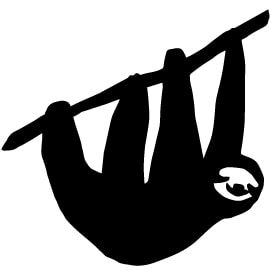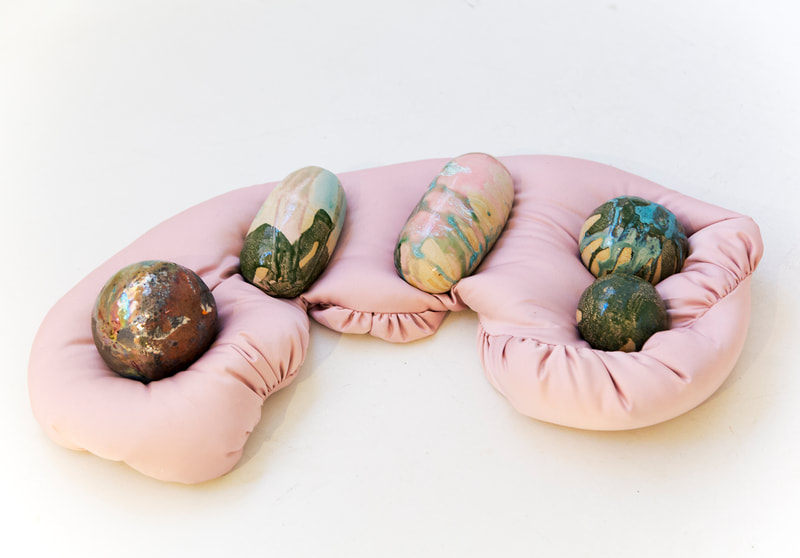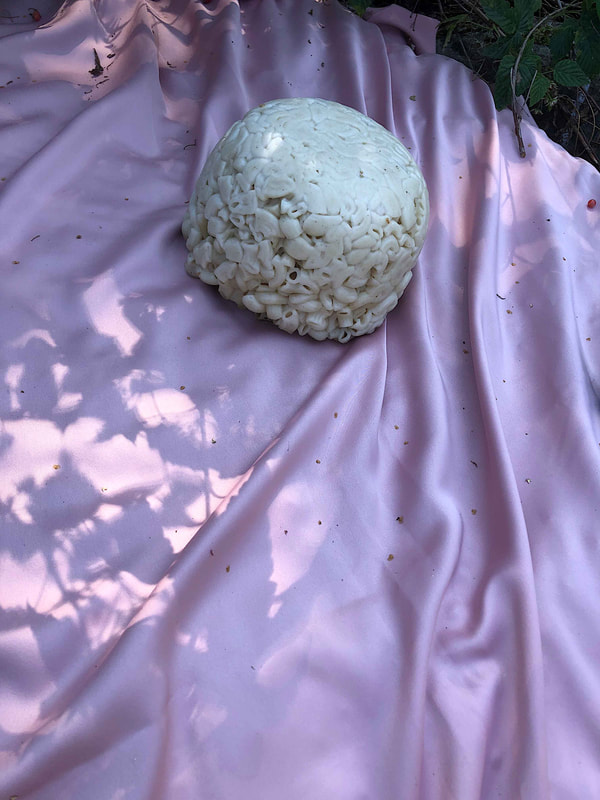conversation with
Riina Hannula
|
Your work deals with understanding the human body as a holobiont (as a community, consisting of more-than-human members). There is a sense of fundamental interconnectedness with the natural world. What do you think this kind of understanding of human existence does to our ability to face environmental crises? Or more like, if we would see ourselves more as communities of organisms, what do you think would be radically different?
The disturbances in biodiversities also affects the microbial world and that in turn affects human bodies. I am interested in baselines that wouldn’t have to center on humans but on the intermingling and cohabitation of ecosystems in order to care for the whole assemblage. My study looks at how this change in the perception of the bodies and their relatedness with their ecologies occurs through scientific understanding. I do think that it has an impact on how we value and treat what is outside of us if we see more clearly how the boundaries of inside and outside are blurred. I would hope it relocates the way we relate to and care for. Desirably self-care would shift towards multispecies care. Could you explain what vagus nerve and holobiont are? And how you refer to it through your work? The holobiont is a concept of evolutionary biologist Lynn Margulis and it is made more known through the writings of feminist writer Donna Haraway and others who think about multispecies coexistence. Holobiont paradigm challenges the traditional perception of the individual body emphasizing how the body is a leaky and constantly changing multispecies organism. In this kind of human-microbial consortium the microbiome that constitutes us is constantly also changing according to the environment we are in. I got interested in the vagus nerve because it is a central communication pathway connecting gut microbiome signaling with the brain. However the more I get acquainted with this nerve the more complicated it becomes to describe it because of the multiple other functions it has in the organism. It belongs to the parasympathetic nervous system which is in charge of rest and digestion and there are a lot of scientific, but also not so-confirmed theories and claims about its role in the overall well-being of the body. I abuse these claims in my Microbial Medi(t)ation audio work to kind of use them for testing if we can get closer to connecting with our companion microbes. My idea is to emphasize the multispecies narrative in the vagus nerve instead of promoting individual health. What is your relationship with evolution? In your works, have you been considering our coexistence with other organisms in evolutionary context? Yes, evolution is always there when you think of coexistence with bacteria. Thanks to theories of people such as Lynn Margulis we can see the role that symbiosis has played in the evolution of any species, and that helps us look at things not from competition but rather collaboration point of view. I am also super excited about ideas of creative evolution coming from new/vital materialism, (from philosopher Henri Bergson to Gilles Deleuze and in contemporary thought Donna Haraway, Jane Bennet…) where all kinds of organisms and perhaps even inanimate things can be seen as creative instead of passive and mechanistic. My artistic practice leans on the idea that microorganisms, other animals, and plants participate creatively in everything and also in art. Microbes are not just my medium, perhaps I’m the medium they play with when I edit a video, and isn’t that too a sort of evolution? You combine science and technology studies with an art-based approach. What made you interested in working with both fields of science and art? How do you think the disciplines meet, or feed each other? Are there any challenges? Art-based research can be very similar to doing science and technology studies. Collaborations that STS scholars do with scientists might be just like the collaborations that artists do. The outcome in academia is an article, and artists produce more affective and sensory knowledge. I just try to do both and make these different knowledge creations in dialogue, which is messy sometimes, but at least it seems more real to be diffracting for real. I interview scientists and talk with them about how the vagus nerve has different kinds of discourses and we need to navigate between all of them to make sense of it. And then there is the embodied part always involved. My enthusiasm is to work in the gap between the facts and their embodiment and it requires both perspectives. My analytical object vagus nerve is challenging because of the humbug and hype around it. I need to make sure that people don’t take Microbial Medi(t)ation as another health claim for instance. Can you tell us something more about the social life of microbial communities? Maybe something you recently found out, something you got excited about and might focus on and work with in future? I have been very interested in Lactobacillus reuteri or any bacteria which has been studied to signal with the brain. It is unclear why they produce such neurochemicals that participate in our mood for instance. Probiotics do things that are beneficial, they are like real mutual symbionts. I try to understand our companion microbes from a community point of view and oftentimes looking at one species is slippery because they behave differently in different environments (different guts). Communities are messy and contingent. The idea of individuality has caused us to believe that we can control things with antibiotics, mono-crops, atomization of social structures etc. but that devastates all environments and sociality actually. Isolated bodies can’t stand alone. This paradigm has been partly replaced by a more probiotic view, but there remains the same sort of human centered logic of control which I would like to find some alternatives to. ° ° ° ° ° ° ° ° Riina have called their artistic work a practice of multispecies care for the past few years. Most of their work has been done in radically relational and affective settings creating a standpoint to think with nonhuman critters. The accent has shifted towards microbial companions since Riina started PhD in a project that is focused on the social study of microbes. Throughout their artistic and academic practice, Riina is paying attention to how microbes think, feel, and behave within humans. Following an actor called the vagus nerve located in the middle of our bodies Riina gets introduced to mechanisms of the microbes signaling between gut microbiota and the brain. Vagus nerve, being sort of a multispecies apparatus of care intrigues Riina also as it seems to be a hit in contemporary self-help. Riina’s doctoral thesis connecting science and technology studies to art-based methodologies maps how scientific facts materialize and get parsed in everyday life of bodies, now seen as holobionts. Riina works for instance with video essays and other artworks that have a speech to combine knowledge production straight to the feels. They hope to open space for understanding and imagining symbionts in caring relations. Exhibited artwork: Microbial Medi(t)ation in Action, 2023 felt and satin www.behance.net/riinahannula |
|
Photo credits:
1. Agential Guts, 2022, Liina Aalto-Setälä 2. Pasta brain, 2021, Riina Hannula |


